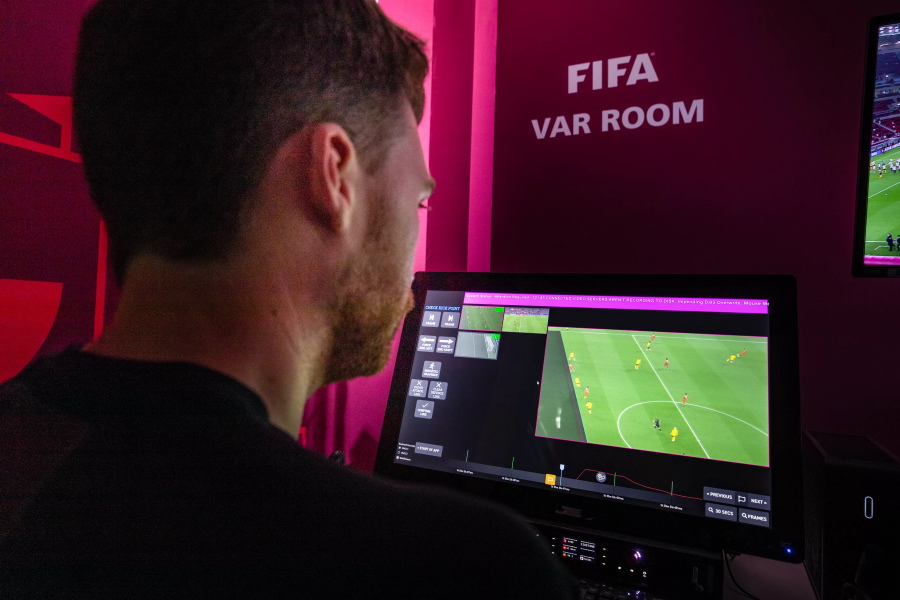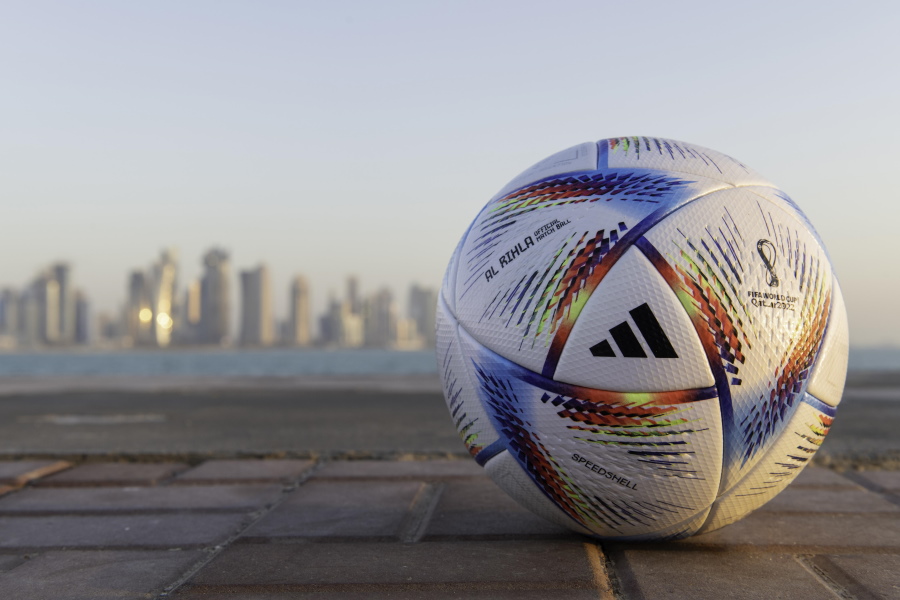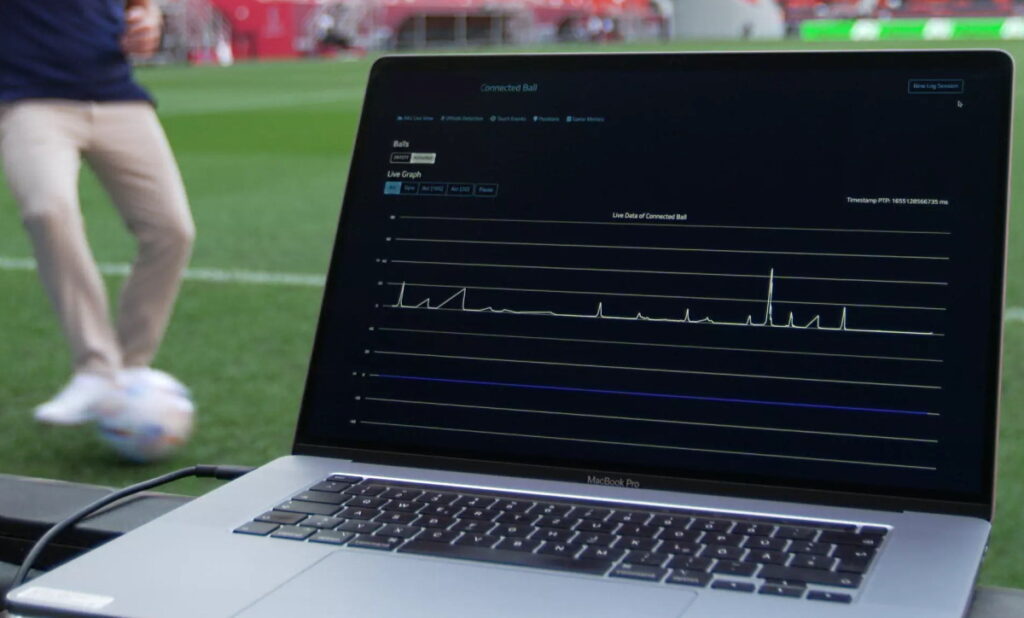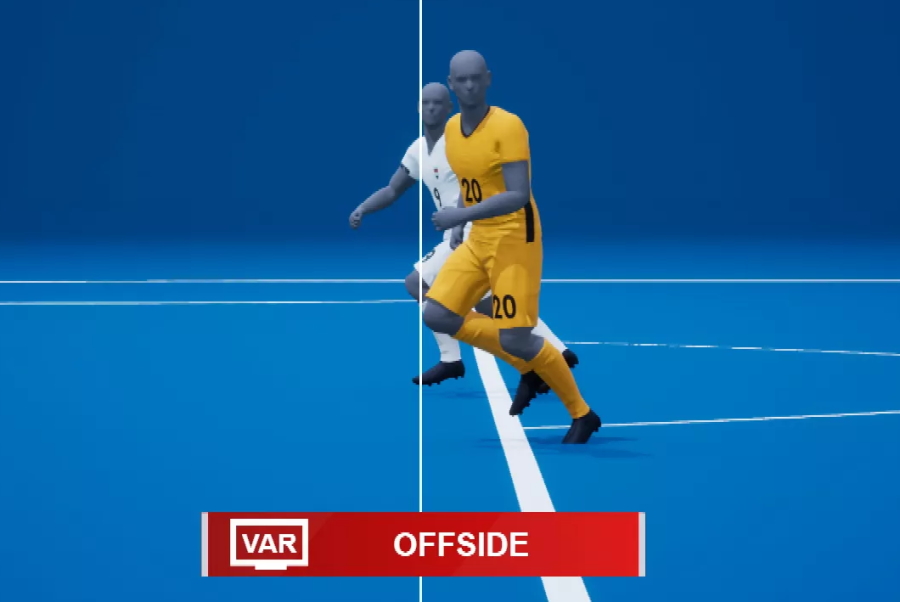Said to be in development since 2019, FIFA’s semi-automated offside detection technology will be making its official World Cup debut in Qatar this November. The tech is the latest addition to the Video Assistant Referee (VAR) system which was first utilized in the FIFA World Cup during the 2018 edition in Russia.
The Chairman of the FIFA Referees Committee, Perluigi Collina pointed out that the organisation is aware that the offside validation process sometimes took too long under the current system. Given the fact that today’s players are well adept at playing around the offside line, this often led to a very tight offside incident.

The tracking is not limited to where they are on the field at a certain point of the match but also involved up to 29 data points related to all of the player’s limbs and extremities that are associated with offside calls. Furthermore, the variant of Adidas Al Rihla Pro that will be used as the official ball at the FIFA World Cup Qatar has a built-in sensor that can deliver data to the VAR room at a rate of 500 times per second which allows the tech to precisely detect the kick point as compared to the existing broadcast and optical tracking.


Once video match officials and the on-field referee confirms the offside decision, a 3D animation will be generated using the same data that was used to determine the decision. This animation which looked rather similar to the one used for goal-line technology is meant to clearly show why the offside happened to the audience at the stadium as well as TV viewers.

Even though the VAR system is now no longer foreign among the top leagues and tournaments across the world, opinions regarding it are still mixed though. So, let’s see if this new tech will be able to improve its reputation or otherwise.
Follow us on Instagram, Facebook, Twitter or Telegram for more updates and breaking news.



